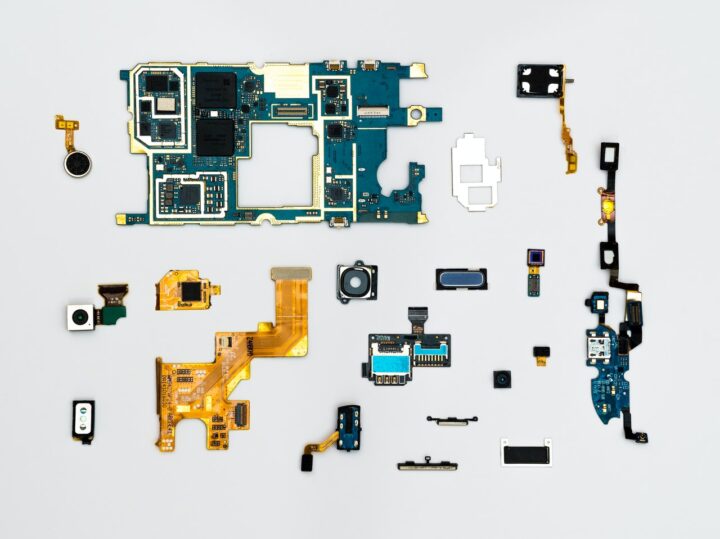For any prototyping purpose, a design engineer seeks a development kit/development platform or sensor development kits that would simplify the design cycle. A development kit must comprise of an inbuilt sensor or an interface to connect the sensors or daughter boards.
Development boards/Development kits can be classified based on the specific area of application, and the categorization includes.
Sensor development tools, security development tools, RF/wireless development tools, communication development tools, power management IC development tools, optoelectronics development tools, analog & digital IC development tools, and embedded processor development kits.
What must the development kits consist of?
Embedded development platform is not just about writing codes. If prototyping needs to be successful and move on to the production stage, then the developer must have the right set of tools. Most of the development kits include both a comprehensive set of hardware and software tools to support the prototype development.
According to the Reuters report, the IoT sensors market would reach 27.7 billion USD by the end of 2023. The internet of things has influenced our day to day activities and simplified our lifestyle. IoT or internet of thing is a network which has many device connected to these networks. The industrial-grade sensors and the ultra-lower MCU present on the development kits act as a sensory system and computing platform of IoT systems.
The development kits should also have integrated software packages and firmware libraries that would speed up the development cycle.
What type of industrial-grade sensors are used in the advanced industrial IoT applications?
Some of the standard industrial-grade sensors used in the IoT application are listed below.
Temperature sensors– used to monitor the temperature of the surrounding environment or the systems.
Proximity sensors– used to detect the presence of nearby objects.
Accelerometer– used to measure the acceleration force, has a tremendous area of application in the automobile and defense industry.
Humidity sensors– used to measure and detect the water vapor found in heating and ventilation system control.
Pressure sensors– used to measure the pressure of gases and liquid.
Water quality sensors– used to measure the PH level and ion monitoring.
Smoke sensors– used to detect the airborne particulates and gases.
Level sensors-used to detect the level of fluids and find the usage in the hydraulic reservoir.
Magnetometer– used to measure the change in the magnetic field of the environment due to magnetic anomalies caused by other devices.
Pedometer– used to measure the number of steps.
For any design engineer, it is convenient to have all the sensors on the development kit for the prototype purpose.
Sensor module development kits list
The below list gives the details of sensor module development kits that are active and available in the market.
| Development boards | Supplier | MCU | Lifecycle |
| XDK110 | Bosch | Yes 32 bit | Active |
| FRDM-FXS-MULT2-B | NXP | – | Active |
| STEVAL-BFA001V1B | STMicroelectronics | Yes, 32 Bit | Active |
| STEVAL-BCN002V1B | STMicroelectronics | – | Active |
| STEVAL-STLKT01V1 | STMicroelectronics | Yes, 32 Bit | Active |
| STEVAL-STWINKT1 | STMicroelectronics | Yes, 32 Bit | Active |
| CC2650STK Sensortag | Texas instruments | Yes | Active |
| BHA260 shuttle board | Bosch | Yes, 32 Bit | Active |
List of sensors present on the sensor module development kit
Conclusion
Sensor module development kits is a key component for the prototyping design cycle. Using the relevant development kits based on the area of application shortens the design cycle and impacts the time to market of new products.
Disclaimer: The opinions expressed within this article are the personal opinions of the author. Circuit Generator is not responsible for the accuracy, completeness, or validity of any information on this article. Circuit generator does not assume any responsibility or liability for the same.

Great job